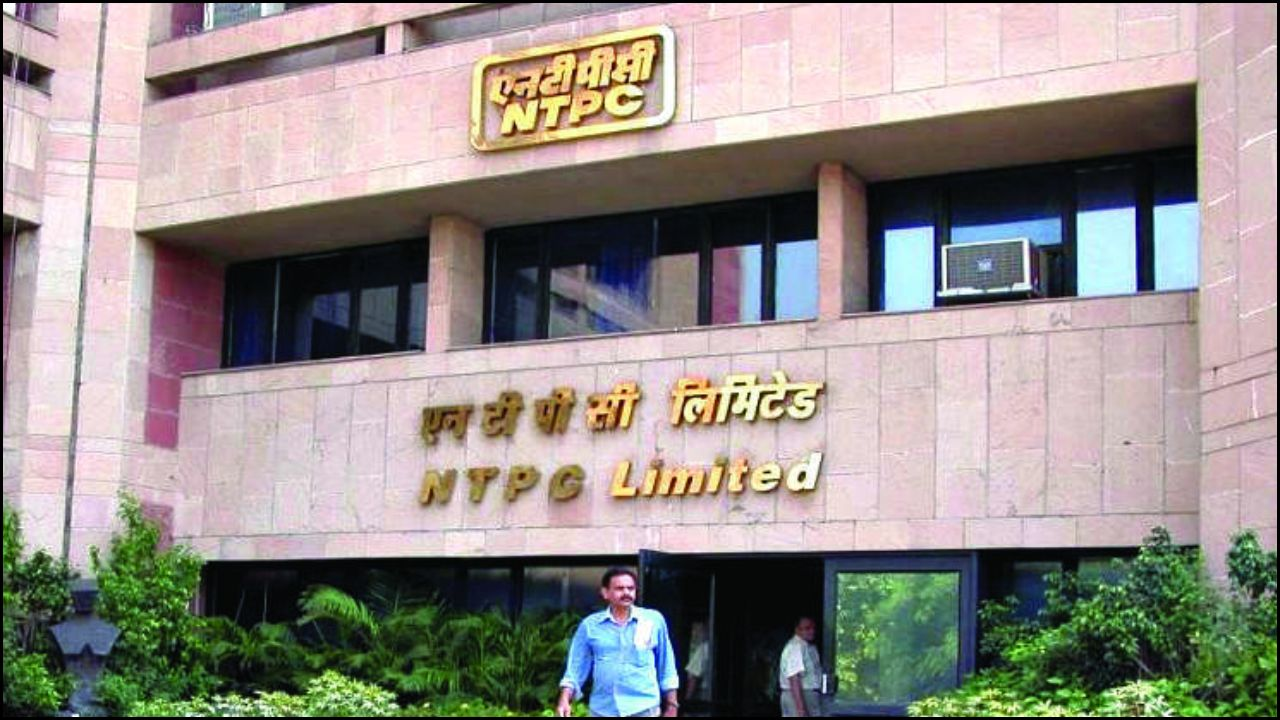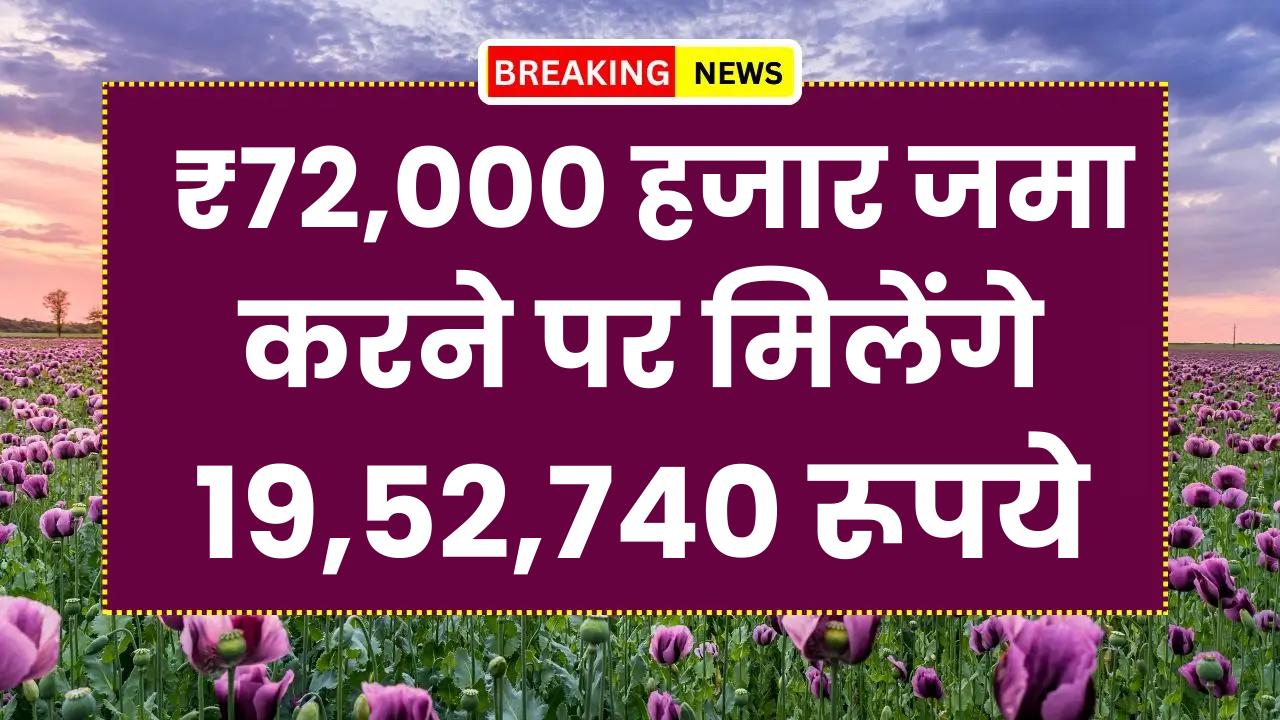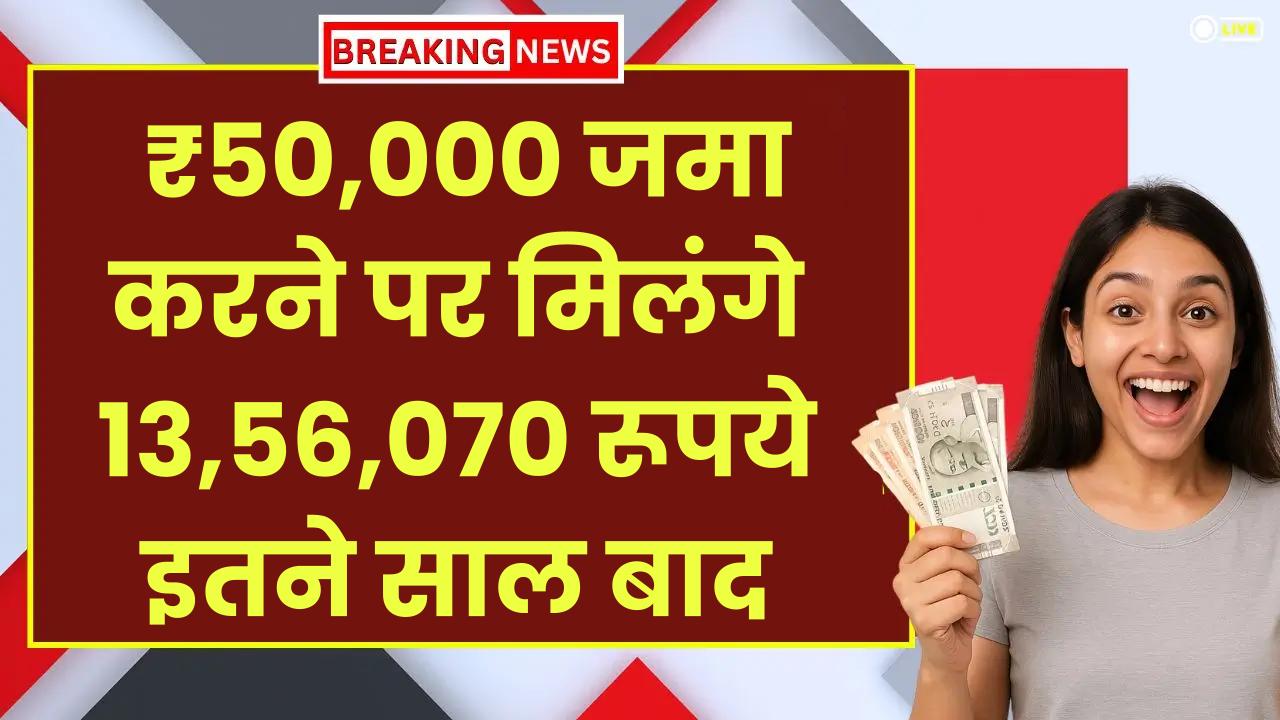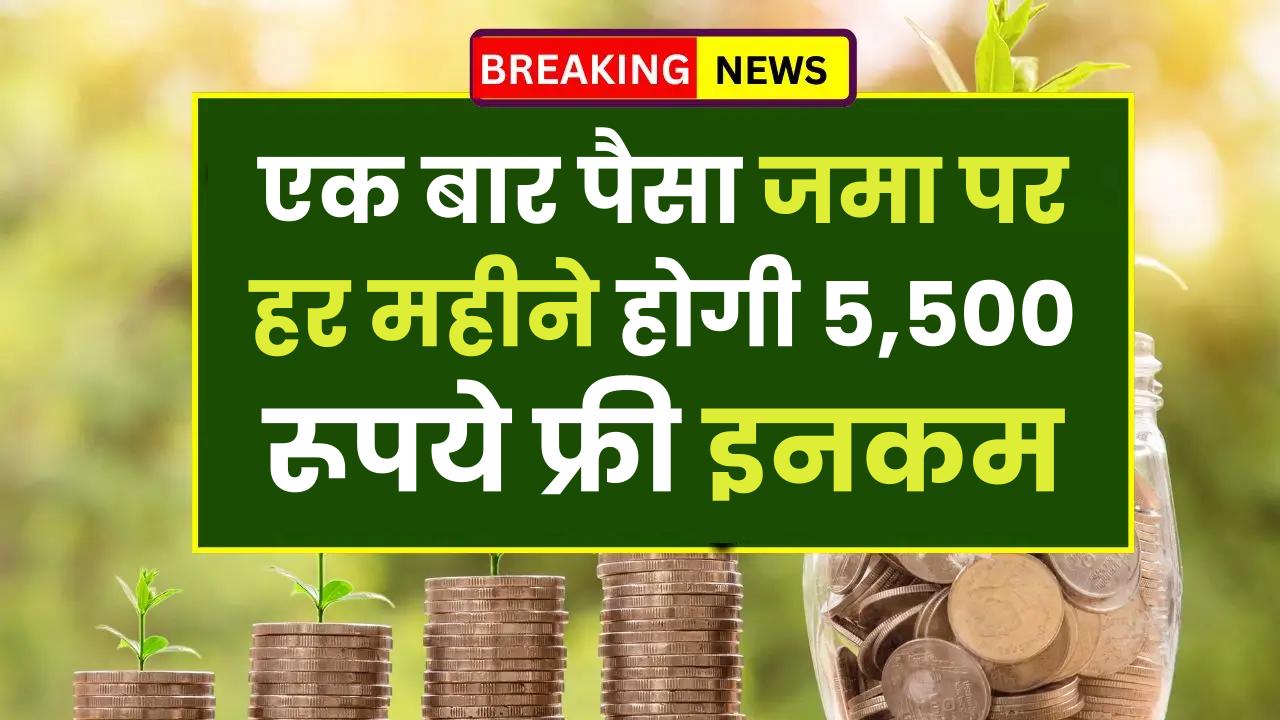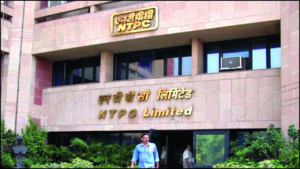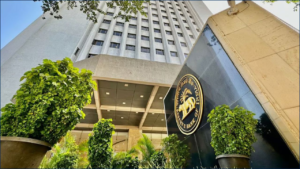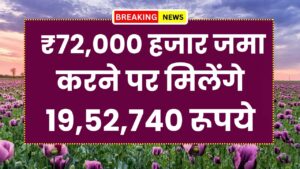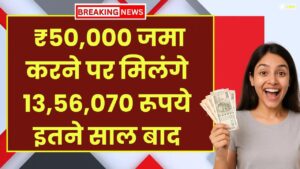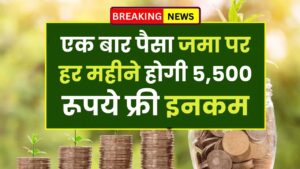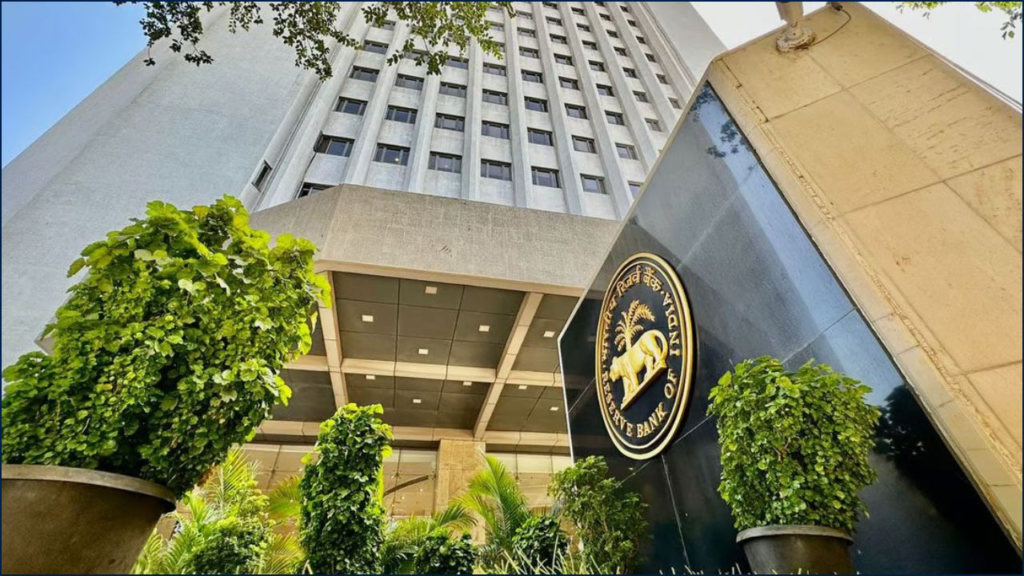
The Reserve Bank of India (RBI) will unveil its latest monetary policy decision on October 1, 2025, with investors, businesses, and households awaiting clarity on whether the repo rate will be cut or held at 5.50 percent. The decision comes at a critical moment, as easing inflation opens space for rate reductions but external risks and concerns about transmission encourage caution.
Background: The Road to October
The RBI’s Monetary Policy Committee (MPC) has reduced the repo rate by a cumulative 100 basis points in 2025—25 basis points each in February, April, and June, followed by a larger 50-basis-point move in July. The central bank then paused in August to evaluate the impact of earlier easing.
In the past, the RBI has shown a preference for gradual moves. For example, during the COVID-19 crisis in 2020, the repo rate was cut by 115 basis points over a few months, but further moves were cautious and data-dependent. Analysts say the October decision will signal whether this cycle of easing has further room or whether the RBI will prefer stability.
Inflation Trends and Domestic Economy
Retail inflation has been trending downward, falling to 2.9 percent in August from 4.2 percent in May, according to the Ministry of Statistics. This decline reflects falling food prices and the government’s Goods and Services Tax (GST) rationalisation, which has lowered indirect costs for several essential goods.
“Disinflationary forces are strong at the moment,” said Sonal Varma, chief economist for India at Nomura, in a Reuters interview. “But the RBI will want to be confident that this is sustainable, especially given the risks of food price volatility.”
The economy, meanwhile, expanded by 7.8 percent in the June quarter, supported by public investment and robust services activity. Yet private consumption remains uneven, particularly in rural areas where wage growth is sluggish.
The Growth Dilemma
Economists argue that India’s growth story is not uniform. While urban demand has recovered, rural consumption continues to lag. “The uneven recovery makes a strong case for calibrated monetary support,” said Aditi Nayar, chief economist at ICRA, in a client note.
Small and medium enterprises (SMEs) also remain highly sensitive to borrowing costs. A reduction in the repo rate could help lower working capital expenses, which many businesses say remain elevated despite earlier cuts.
External Pressures and the Rupee
While domestic conditions may favour easing, global developments complicate the picture. The Indian rupee has lost more than 4 percent against the U.S. dollar since July, pressured by capital outflows and expectations that the U.S. Federal Reserve will keep rates higher for longer.
“The RBI cannot afford to fall too far out of sync with global central banks,” said Radhika Rao, senior economist at DBS Bank, speaking to Bloomberg. “Cutting too aggressively could worsen rupee pressures and invite further outflows.”
Global Context: What Other Central Banks Are Doing
The RBI’s decision will not be made in isolation. The U.S. Federal Reserve left rates unchanged at its September meeting but warned that cuts are unlikely before early 2026. The European Central Bank (ECB) also paused in September, citing sticky core inflation. In contrast, some Asian peers such as the Bank of Korea and the Bangko Sentral ng Pilipinas have already begun modest easing.
“Central banks are broadly cautious, and that sets the tone for the RBI as well,” said Neelkanth Mishra, chief economist at Axis Bank, in an interview with CNBC-TV18.
Transmission to Households and Businesses
The repo rate directly influences borrowing costs for banks, which in turn affect interest rates for home loans, car loans, and business credit. So far, transmission of earlier cuts has been uneven.
- Home Loan Borrowers: Floating-rate customers have seen some reduction in equated monthly instalments (EMIs), but the pace of pass-through remains gradual.
- Deposit Holders: Fixed deposit returns have declined as banks adjusted deposit rates to lower lending rates.
- Small Businesses: Many SMEs report only partial relief, with working capital loans still priced at relatively high spreads.
“Transmission remains incomplete, which is why the RBI may pause to let earlier cuts percolate,” said Upasna Bhardwaj, chief economist at Kotak Mahindra Bank, in comments to Business Standard.
Fiscal Policy and Coordination
Government policy has also shaped the macroeconomic environment. Higher capital expenditure in infrastructure, announced in the Union Budget, has boosted growth, while subsidies and support schemes aim to stabilise rural demand. Analysts note that monetary and fiscal policies must complement each other.
“The RBI is mindful that fiscal policy is already expansionary,” said Madan Sabnavis, chief economist at Bank of Baroda. “Additional monetary easing could risk overheating unless carefully calibrated.”
Market Expectations
According to a Reuters poll, 45 of 61 economists expect the RBI to hold the repo rate steady at 5.50 percent on October 1. The remainder forecast a 25-basis-point cut. None predicted a larger reduction.
“The bar for further easing is high after the cuts earlier this year,” said Bhardwaj. “A pause would allow the central bank to assess the impact of previous moves.”
Risks and Unknowns
Several uncertainties could shape the RBI’s stance beyond October:
- Food Prices: An erratic monsoon may drive vegetable and cereal inflation.
- Oil Prices: Rising global crude oil prices would raise India’s import bill.
- Geopolitics: Global trade frictions, including U.S. tariff measures, could slow exports.
- Elections: Upcoming state elections could raise fiscal spending pressures.
Forward Guidance and Outlook
Most analysts believe that if the RBI holds rates in October, it could still cut later in 2025 if inflation remains subdued. A gradual path of easing is seen as more likely than an aggressive cycle.
“The most probable scenario is stability in October, followed by one or two small cuts in early 2026,” said Saugata Bhattacharya, independent economist, in a note to clients.
RBI Announces New Rules for Payment Authentication Beyond SMS OTP From April 2026
Conclusion
The RBI’s October 1 meeting will be a pivotal moment for India’s economy, reflecting the delicate balance between fostering growth and maintaining financial stability. While the odds favour a pause, a surprise 25-basis-point cut remains possible. The outcome will influence borrowing costs, currency markets, and investor sentiment well into 2026.


